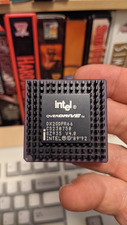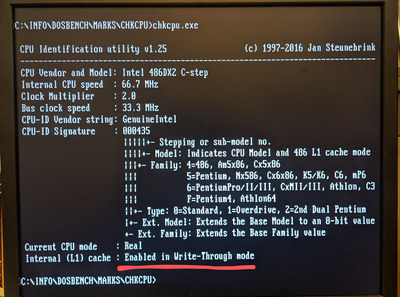Reply 20 of 23, by Anonymous Coward
- Rank
- l33t
wrote:They actually had WB cache before "normal" CPUs had it.
I wouldn't take Wikipedia's word for it. Not sure who added that little nugget about the WB cache in there, but I am pretty sure that is incorrect. The POD5V63 and 83 which plugged into Socket3 on the other hand DID support write back cache...but those are Pentiums not 486s. If you can find any Intel documentation showing a 486 overdrive chip supporting WB cache I'd love to see it.
Also, I noticed there are actually three different DX2 overdrives.
ODP for SX pinout
ODP for DX pinout
ODPR for DX pinout
I guess the reason ODPR for SX pinout doesn't exist is because many OEM SX systems had the CPU soldered to the board.
As far as I know all the DX4 overdrive pinouts are of the DX type.
"Will the highways on the internets become more few?" -Gee Dubya
V'Ger XT|Upgraded AT|Ultimate 386|Super VL/EISA 486|SMP VL/EISA Pentium

